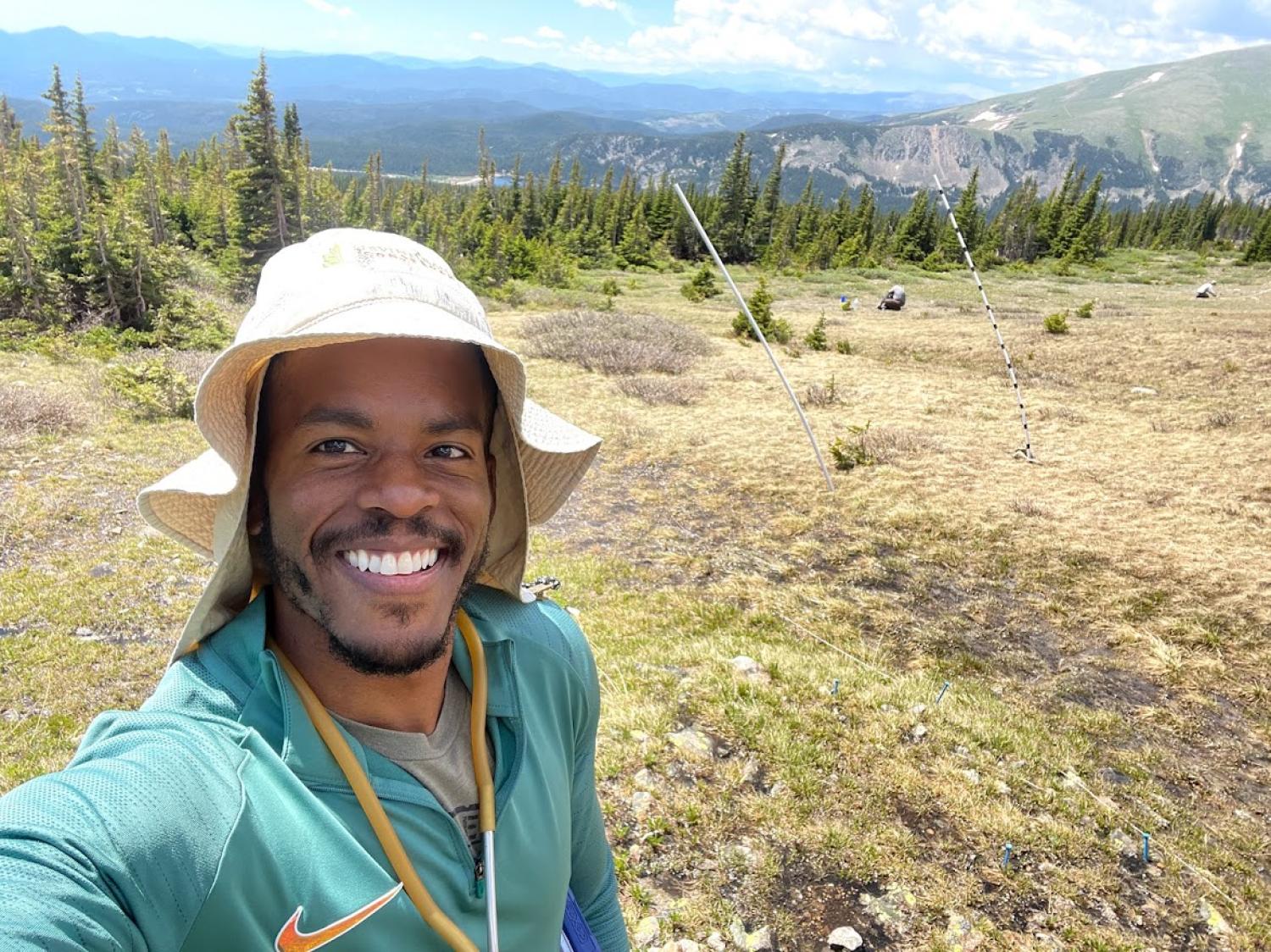Warren Sconiers
- Associate Teaching Professor
- Ph.D., Texas A&M University, 2014
- EBIO

Office: Ramaley N117A
As an REU studying invasive plant interactions at University of California, Irvine, Dr. Sconiers worked with Dr. Katharine Suding studying the interactions between plant phenology and changes in nitrogen, snowpack, and temperature. Dr. Sconiers completed his PhD in Entomology at Texas A&M with Micky Eubanks and was trained as an insect ecologist, studying the effects of drought stress and changes in nutritional plant physiology and insect species composition. This is also where he developed his strong interests in teaching and developing pedagogy. He continued research with urban entomology and teaching as a Deans Postdoctoral Fellow at North Carolina State University. He then was an Assistant Professor of Biology at the University of the Ozarks in Arkansas for five years, further developing his interests in teaching.
Here at CU Boulder, Dr. Sconiers will be teaching and conducting research. At the Mountain Research Station, Drs. Sconiers and Suding will be studying arthropod diversity and nutritional and allelochemical changes in flower nectar in response to climate change. There have been relatively few studies that explore arthropod diversity at higher latitudes in the Niwot region, and particularly those comparing regional and local changes in diversity in response to changing climate. They hope to find relationships between changing climate, plant communities, and subsequent changes in nectar composition and arthropod diversity.
Dr. Sconiers also researches how to increase student engagement and learning in large classroom settings, focusing on peer-peer collaboration, self-efficacy, bridging biology teaching and research experiences, and growing instructor approachability. He is collaborating with CUB’s Center for Teaching in Learning and faculty in the Department of Ecology & Evolutionary Biology to understand student perspectives in large classes, to foster greater engagement using the pedagogical literature as well as student feedback. Finally, he aims to increase student investment in their learning through course community building using class time and online platforms.


